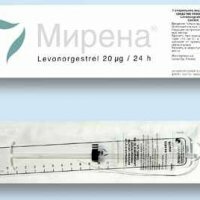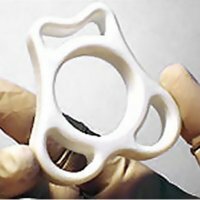Diseases of the cervix during pregnancy: features, methods of treatment

The course of pregnancy and childbirth with cervical disease
Treatment of
- Diathermocoagulation involves exposure to high frequency current, resulting in coagulation of the affected tissue. This is one of the old methods, with a number of undesirable effects: the cervix forms a scab, the rejection of which may cause bleeding, which allows this manipulation only in a hospital. It is also often formed deformity in the form of a scar on the cervix, preventing full-fledged opening of the cervix during childbirth. These side effects make it possible to use this method in women giving birth, no longer planning a pregnancy.
- Cryodestruction - treatment with liquid nitrogen, under which the "freezing" of the cells of the affected area is performed. The procedure is performed on an outpatient basis, after it there is no scar formation on the cervix, which allows cryodestruction of the nulliparous women. Negative point is a small depth of penetration, which can lead to the re-emergence of the disease.
- Laser vaporization is a modern method with the use of a carbon dioxide laser, in which the intercellular and interstitial fluid "evaporates", leading to necrosis( death) of the affected tissue. The advantage of the method is the absence of scar formation on the neck.
- Radio wave surgery is a method that has appeared relatively recently. The main active factor in this case are radio waves. The complications of this method are quite rare, it can be used in nulliparous women, since the scar does not appear on the cervix of the uterus.
- Chemical coagulation involves "cauterizing" the affected part of the cervix with the use of a mixture of acids. Today, drugs are used Solkovagin, Vagotil. This method is preferred for small erosions of the cervix. Often, for a complete cure, you need to make a few moxibustions. Most often, chemical coagulation is used in young, nulliparous women, as it does not lead to scarring.



